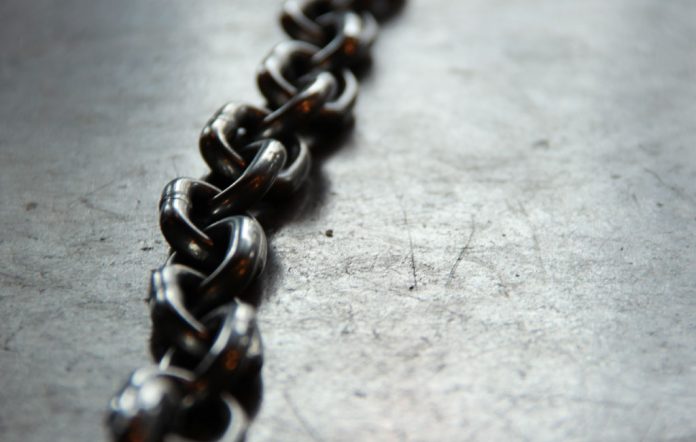Google recently published a change in how the Nofollow attribute for links is doing required. As with any alteration, Google proposes, search traffic-based websites need to determine the possible meaning of the difference in their business.
Nine guidelines for the nofollow link:
This post explores the change Google is moving to link attributes and how companies with high reliance on organic search traffic may be affected by this.
We cut it feathers into nine simple questions to think.
They did it to be convicted. Most companies make the most intelligent decision, need support to monitor the UGC, and have a proper relationship with external sites. Sadly for Google, they gained popularity on most of the sites. The meaning of those links has been forgotten, and the search engine is working hard to recover.
Sections are not expected to do anything.
There’s no bonus or penalty, each way. Sites, as people have in the knowledge, will proceed to use the Nofollow attribute without fear of results.
Completing the switch is an excellent Samaritan initiative because your page does not profit immediately. The only way you will gain is if those connected to your page increase their nofollow quality implementation. Rest simple to realize that you are accommodating to get the internet a safer place to that appears.
Modifications to the quality nofollow come into power on 1 March 2020
Google will begin to treat nofollow properties as evidence at that step, which suggests they can be dragged. Therefore, they will remain to be ignored by the search engine as standard, not crawling or indexing them.
It is necessary to get that nofollow links are no longer relevant due to this shift.
Linking to the nofollow attribute may probably affect the SERP ranking position.
Google lacks references to the nofollow property as it is right now. As a result, these pages are not moved on to PageRank, and those links do not affect rankings.
That could increase much, though, when the new laws come into impact. Google may begin to treat the reference properties as clues at that time and may choose to crawl them, a choice that will several possible be used on a case-by-case foundation.
Think all those connections from places such as Forbes and Wikipedia that designate all external links to the nofollow tag. Most sites on these awe-inspiring pages would help from the popular nofollow connections.
Now, SEO content analysis tools think only the two current properties, nofollow and the model, which is not an added feature. It will be essential to see how these programs integrate the other link properties and quantify the link-state given this upcoming update.
There are two new extra connection properties.
These are rel=”sponsored” and rel=”ugc”. The sponsored value, as it means, is for links designed for commercial, support, or any other reward. UGS is for User Generated Content and is done for content links such as remarks and support for the site.
Connect properties can be connected below the current implementation
So “nofollow sponsored ugc” is a valid link attribute. This implies you can add new attributes to being nofollow tags.
You still have to decrease sponsored links
This does not change with the new nofollow attribute implementation. The only distinction now is that you should two choices; use either rel=“sponsored” rel=“nofollow” or a compound of the two when these links are allocated. Google should handle these attributes in the same way for this reason, although they favor using the “sponsored” designation.
The nofollow property will stop a poor way of monitoring web crawling and indexing.
It wasn’t an excellent way to start. Now it’s going to be still more severe because Google won’t treat the property as a guideline anymore, but rather think it a bit.
Instead, use these options:
Noindex in robots meta tags
404 and 410 HTTP status codes
Password protection
Disallow in robots.txt
Search Console Remove URL tool
When naming user-generated content, use caution.
If someone gives a remark or post that includes a paying employer, you may be punished if there is no “nofollow” or “sponsored” property attributed to them.
If you choose to use the UGC quality, the most reliable way is to introduce the nofollow attribute as well. In this way, you eliminate the chance of excellent coverage. But if you will still use the property nofollow, why worry marking it as UGC? It wouldn’t be in your interest, and it would be in the interest of Google.




